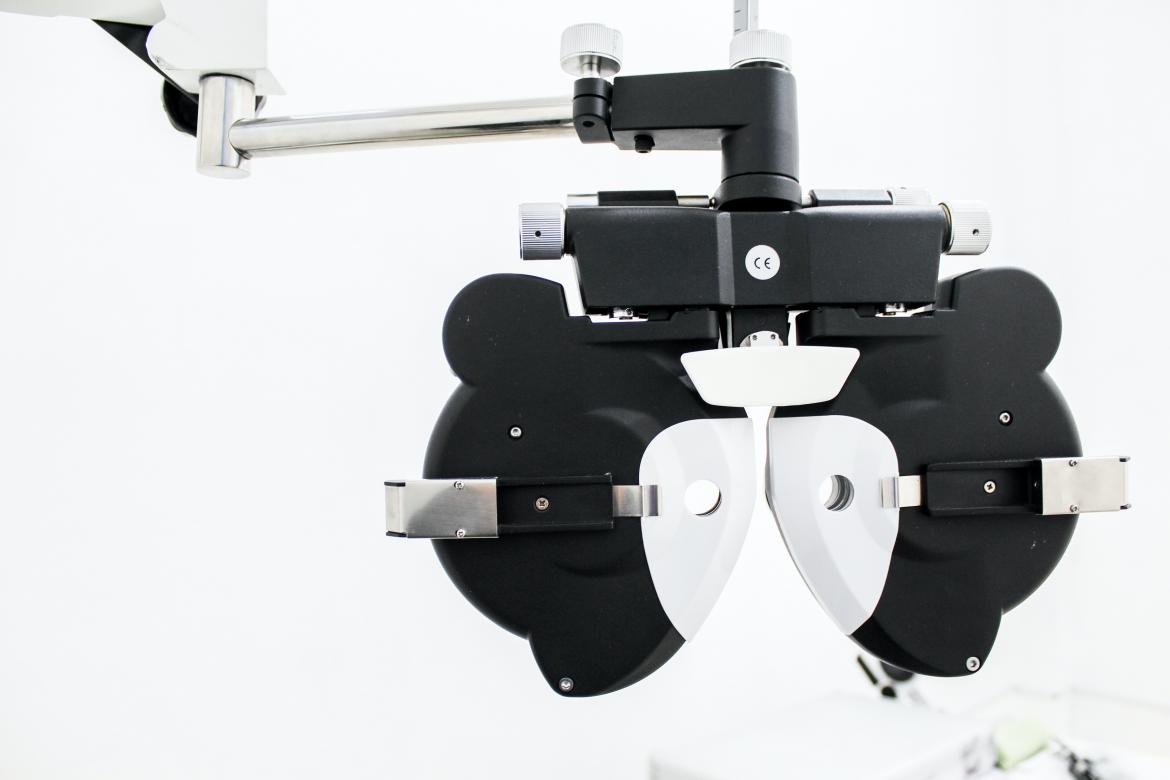What is the difference between glaucoma and cataracts

Cataracts and glaucoma are separate diseases that affect the eye, and generally become more common with increasing age. Here's an overview of each:
Cataracts
The human eye has a natural lens which it uses to focus light onto the retina, providing a clear, crisp image. When we are young the lens is clear and colourless. As we age, a cataract forms: the lens becomes cloudy (reduces the clarity of vision) hardens (changes the power of glasses we need) and changes in colour (becomes yellow/brown). Cataracts over time reduce the quality of our vision, and if left untreated can lead to blindness. Fortunately this is very reversible. The initial symptoms of cataracts can be improved by altering spectacle power, but eventually cataract surgery is required to remove the cloudy lens and replace it with a clear, artificial one. This generally results in excellent vision.
Glaucoma occurs when pressure in the eye (the eye’s firmness) damages the nerve at the back of the eye (the optic nerve) that connects the eye to the brain. It is a slow, silent disease that tends to occur in those with a genetic predisposition to glaucoma, and also becomes more common with age. In the early stages people are often unaware that they have glaucoma. This is because people generally do not notice the loss of vision from the nerve damage, which tends to affect peripheral vision first. It is only when the glaucoma is relatively advanced that the effects are noticed. Unfortunately, unlike cataracts, vision loss from glaucoma is irreversible. Optic nerve damage cannot be undone, but to prevent it from getting worse the eye pressure can be lowered: by gentle laser, topical eye drops and in some cases eye surgery.
Can you have glaucoma in young age?
Glaucoma tends to become more common as we age, however can still occur in young age.
Very rarely, infants can be born with glaucoma, or can develop glaucoma in the first few months of life. This type of glaucoma is related to an underlying genetic condition, and is quite different from most adult-onset types. It can be visually devastating for a lifetime of poor vision. Fortunately, if detected and treated promptly, children with glaucoma can grow up to lead full lives with good vision. It usually involves eye surgery in infancy.
Also rare, glaucoma can occur in young adults or older teenagers. This tends to be similar to the various types of glaucoma that occur in older age, and often has a strong underlying genetic component. The treatment is similar to glaucoma that occurs in older adults, primarily by lowering the eye pressure with gentle laser, eye drops or occasionally glaucoma surgery.
Most glaucoma occurs later in life. We used to think glaucoma mainly occurred in the late 50s, 60s and onwards, with 1 in 10 Australians over 80 having glaucoma. However with more widespread OCT scans available in Optometry practices, which can detect early glaucoma damage to the optic nerve, we are detecting glaucoma earlier, commonly in the late 40s/early 50s. This is because the OCT scan can detect very fine thinning of the optic nerve and monitor for change over time – it is generally more sensitive than the human eye for this.
Early detection is excellent for glaucoma – the sooner we detect it, the sooner we can intervene to control the eye pressure and prevent further visual loss from occurring.
Whatever our age, glaucoma can develop slowly, silently without our awareness – that is why it is so important to get your eyes checked regularly. In Australia, people over the age of 50 are recommended to have their eyes checked every 2 years, generally by their Optometrist, and if they are at higher risk by their Ophthalmologist.